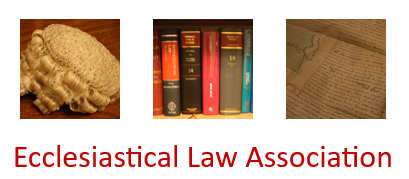The petition proposed various items of reordering, including the replacement of pews with chairs, audio-visual facilities and a frameless glass door. The Victorian Society became a party opponent, objecting to the removal of pews from the nave. The Chancellor accepted the view of Counsel for the Society that the removal of the pews would result in serious harm to the significance of the church, and that therefore the need for change would have to be exceptional. However, the Chancellor was satisfied that the petitioners had set out a convincing case for the changes, and he therefore directed the issue of a faculty including, inter alia, a condition that a scheme should be prepared for adjustment and reuse of some of the pews in the church transepts.

